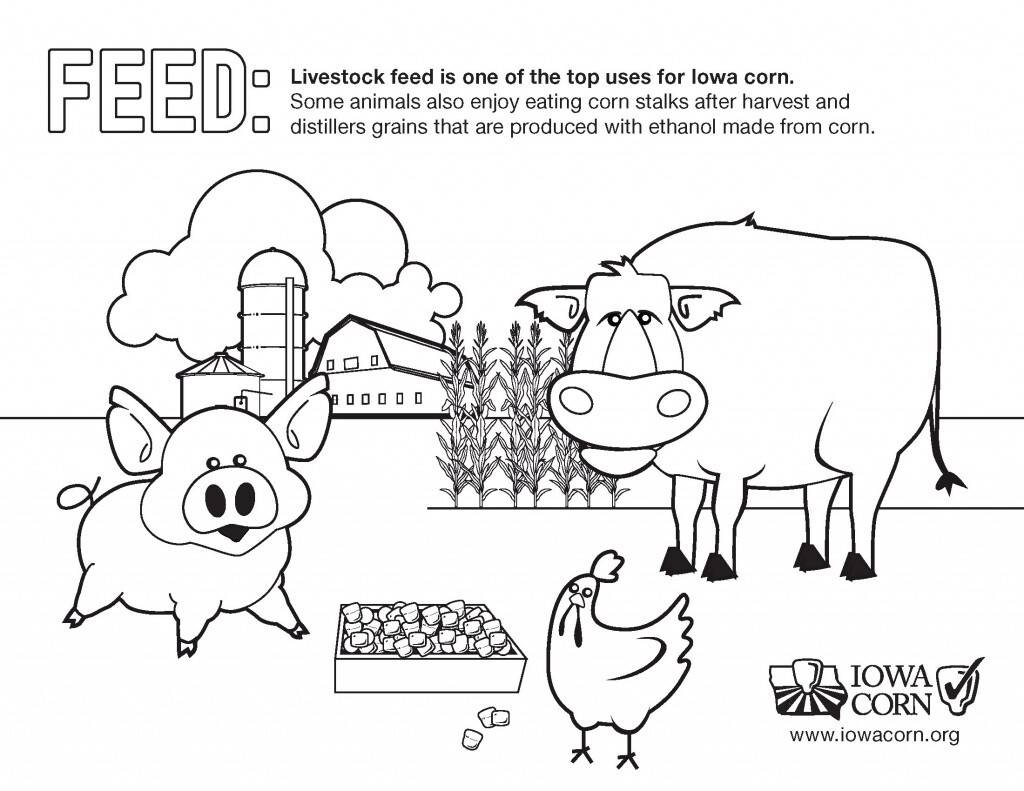The Importance of Corn
Last Friday, my 11-year-old granddaughter Carlie said she wanted to be my office manager for the day. She took over my chair and I had to find another seat! It wasn’t long before she took over my computer and began researching “corn.” I’m guessing Carlie overheard me talking about some negative remarks that others had made about corn on Facebook and decided to check it out for herself. I promise you that I did not prod Carlie to gather these facts or turn them into a blog post. It was her idea to research the facts on my computer and then write a report.
The Importance of Corn
Corn is the second most plentiful cereal grown for human consumption, and many cultures around the world have lived on this grain. Corn is a versatile crop, and everything on a corn plant is useable. No part of the corn is wasted. The husk of the corn is traditionally used in making tamales. The kernels are ground into food. The stalks become animal food and the corn silks are used for medicinal teas.
Food products made from corn include corn oil, corn meal, corn syrup and even bourbon. The most important refined corn products are corn sweeteners, which last year accounted for more than 56% of the national nutritive sweeteners market. One cup of raw white corn has about 130 calories, 2 grams of fat, 5 grams of protein, 29 grams of carbohydrates and 4 grams of fiber with no cholesterol.
These “everyday things” are made with corn: protective sealing bands, gypsum dry wall, warmish, spark plugs, adhesives, toothpaste, aspirin, diapers, coated paper products and more. Scientists continue to find more uses for corn including fuel-efficient tires, food and beverage containers, carpet tiles and candy wrappers.
Corn Facts
- An ear of corn averages 800 kernels in 16 rows.
- A pound of corn consists of approximately 1,300 kernels.
- 100 bushels of corn products approximately 7,280,000 kernels.
- In the U.S., corn production measures more than 2 times any other crop.
- Each year, a single U.S. farmer provides food and fiber for 129 people – 97 in the U.S. and 32 overseas
- Over 55% of Iowa’s corn goes to foreign markets. The rest is used in other parts of the United States.
Admittedly, I’m one proud grandpa! Carlie did a great job showing how different our world would be without corn. Her actions confirm my desire to promote what farming is truly about, especially through fact-based educational programs like Ag in the Classroom. There are too many other groups with hidden agendas spouting the wrong information.

